- Category Office and School Supplies, Office Supplies for Small Businesses, Premium Picks, Printing Essentials, Product Guides and Reviews,
- Last Updated 1st November 2025
Choosing the right paper is one of the simplest decisions that can dramatically improve your printed output. Navigator offers a broad range of A4 papers engineered for different needs — from everyday office printing to UHD-quality documents and premium certificates. In this guide we compare Navigator 80 GSM, Navigator 120 GSM, and Navigator 160 GSM to help you pick the perfect paper for 2025 — whether you’re buying for the office, a design studio, or home printing.
Why GSM Matters: A Quick Explanation
GSM (grams per square meter) measures paper weight and is the biggest single factor that affects feel, opacity (show-through), stiffness, and perceived quality. Lower GSM papers (70–80) are lightweight and cost-effective. Mid-range (100–130 GSM) offers a balance of durability and price. High GSM (150–300+) is in the premium range for certificates, greeting cards, and portfolios.
Navigator 80 GSM — Everyday Office Workhorse
Best for: Bulk printing, memos, internal reports, invoices.
- Feel & weight: Light and easy to handle.
- Opacity: Moderate — may show faint text on the reverse side for heavy prints.
- Cost: Low — economical for high-volume needs.
- Printer compatibility: Excellent for high-speed laser copiers and most inkjet printers.
When to choose 80 GSM: If you print hundreds of pages monthly and cost-per-page matters most, 80 GSM is the practical choice. It keeps running costs down while delivering reliable, jam-free performance.
Navigator 120 GSM — The Balanced Premium Option
Best for: Professional letters, client reports, marketing materials, flyer inserts.
- Feel & weight: Noticeably thicker than 80 GSM; feels premium without being heavy.
- Opacity: Good — minimal show-through on double-sided prints.
- Cost: Mid-range — the best value for professional-looking prints.
- Printer compatibility: Works well on both laser and inkjet machines; set printer media type to “Thick Paper” if available.
When to choose 120 GSM: If you want an upgrade in presentation quality for client-facing documents without jumping to heavy premium papers, 120 GSM is the sweet spot. It improves color saturation and feel, and still keeps shipping & handling costs reasonable.
Navigator 160 GSM — Premium & UHD Document Quality
Best for: Certificates, high-end brochures, art portfolios, invitations.
- Feel & weight: Thick, stiff, card-like — highly professional.
- Opacity: Very high — no show-through even with heavy graphics.
- Cost: Higher — intended for premium outputs where impression matters.
- Printer compatibility: Supported by many office printers; best used with dedicated media feed or manual tray to avoid jams.
When to choose 160 GSM: For anything that will be handed to clients, displayed, or archived (certificates, portfolios, presentation covers), 160 GSM sends the strongest quality signal.
Side-by-Side Comparison Table
| Feature | Navigator 80 GSM | Navigator 120 GSM | Navigator 160 GSM |
|---|---|---|---|
| Thickness & Feel | Light, everyday | Balanced, premium-lite | Thick, card-like |
| Opacity / Show-through | Moderate | Low | Very low |
| Best Uses | Internal docs, drafts | Client reports, flyers | Certificates, portfolios |
| Printer Speed & Handling | High-speed copiers friendly | Good with standard printers | Use manual feed / tray recommended |
| Price Range | Lowest | Medium | Highest |
How GSM Affects Print Quality — Practical Examples
Color prints on 120 GSM show deeper saturation than on 80 GSM. Text on 160 GSM looks crisper, and double-sided presentation booklets feel professional. For proofs and drafts, 80 GSM is fine — but for final client deliverables, choose 120 or 160 GSM depending on your budget.
Printer Settings & Handling Tips for Each GSM
- 80 GSM: Use standard tray and normal quality settings; check duplex settings if printing double-sided frequently.
- 120 GSM: Set media type to “Heavy” or “Thick Paper”; print at high quality for images.
- 160 GSM: Use manual feed or priority tray; reduce print speed if your printer supports it; allow prints to dry before stacking.
Cost vs Perceived Value — Choosing Smartly
If your company prints months of internal documents, saving on paper makes sense. But remember: client perception is influenced by tactile feel. A 120 GSM pack can raise the perceived value of a proposal or portfolio at a modest incremental cost compared to 80 GSM.
Use-Cases by Industry
- Corporate Offices: 80 GSM for day-to-day; 120 GSM for client reports; 160 GSM for certificates and executive deliverables.
- Design Agencies: 120–160 GSM for portfolios and printed proofs.
- Schools & Colleges: 80 GSM for handouts; 120 GSM for certificates.
- Event Planners: 160 GSM for invites & VIP passes.
How to Test Before You Buy — Simple Checklist
- Order sample reams of Navigator 80 GSM, Navigator 120 GSM, and Navigator 160 GSM.
- Print a two-page color test (full bleed if possible) to check color depth and show-through.
- Test double-sided printing at your usual printer settings.
- Check handling & feeding in your main office printer during a 50–100 page run.
Eco & Sustainability Considerations
Navigator follows sustainable sourcing policies. When choosing heavier GSM, consider print longevity and recyclability. Heavier papers often have coatings that may affect recyclability, so confirm material specs if recycling is critical to your organization.
Where to Buy (Verified Packs & Pricing)
Buy genuine Navigator A4 paper from trusted retailers like A4Paper.in. We carry all Navigator GSMs — single reams or bulk packs, with verified stock and fast delivery. Check product pages for current prices, pack sizes, and stock availability.
Quick FAQs
Q: Can I print photos on 120 GSM?
A: Yes — 120 GSM provides good color saturation and smoothness for casual photo prints. For gallery-quality photo prints, use specialized photo paper.
Q: Will my standard office printer handle 160 GSM?
A: Many modern office printers will, but use manual feed / priority tray and check the printer manual for max supported GSM to avoid jams.
Q: Does higher GSM always mean better print quality?
A: Not always. GSM affects feel and opacity, but surface treatment (coating, sizing, brightness) is equally important. Navigator’s surface finish helps maintain quality across GSM ranges.
Conclusion — Which Navigator GSM Should You Choose in 2025?
For everyday, cost-effective printing choose Navigator 80 GSM. For a balance of quality and value (best for client-facing documents) choose Navigator 120 GSM. For premium presentation, certificates, and art prints go with Navigator 160 GSM. The right choice depends on the purpose — but now you have a clear buyer guide to pick the best Navigator A4 paper for your needs.



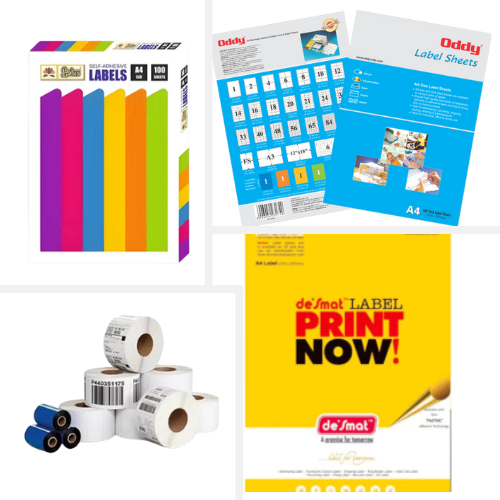

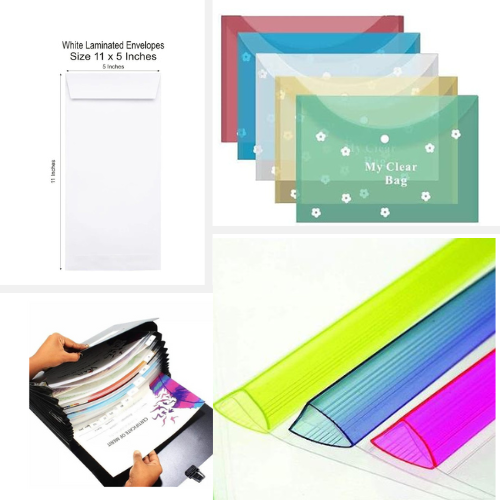

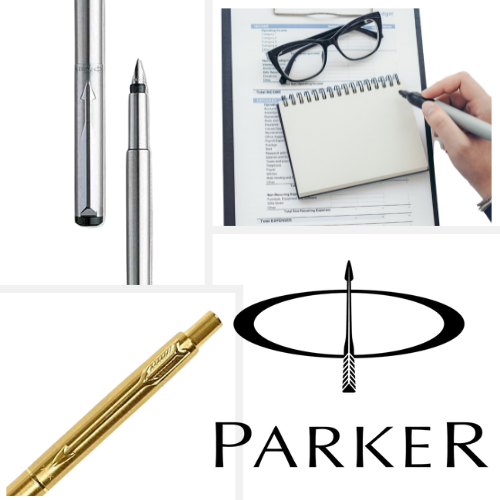

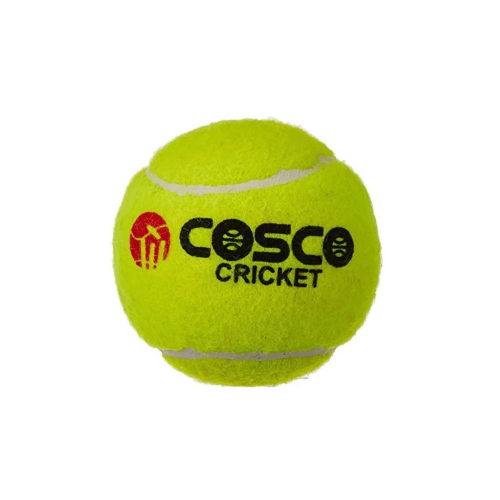
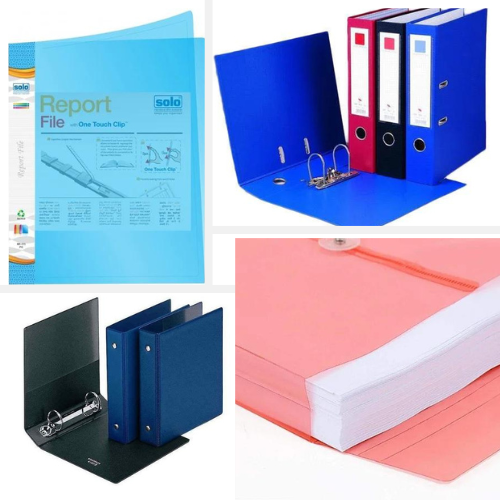

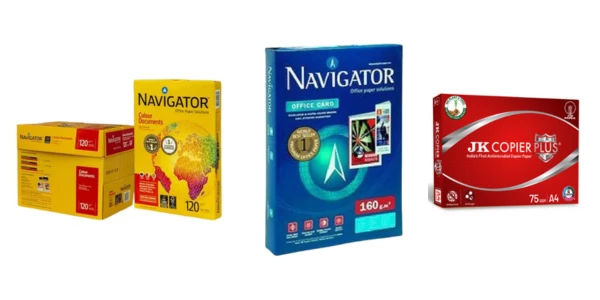



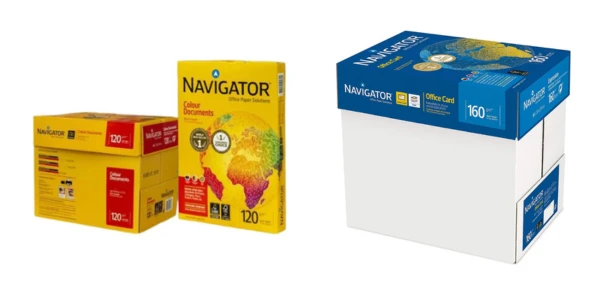
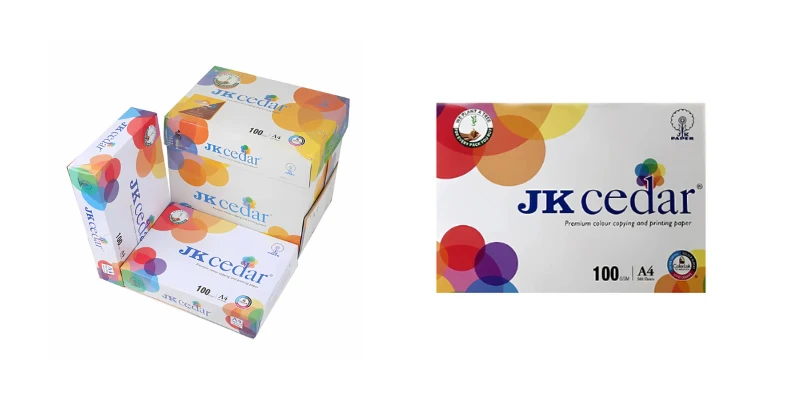
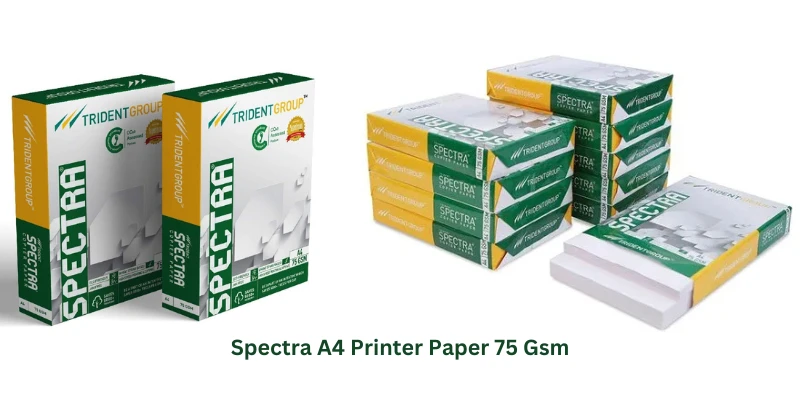



Leave a Reply
0 Comments